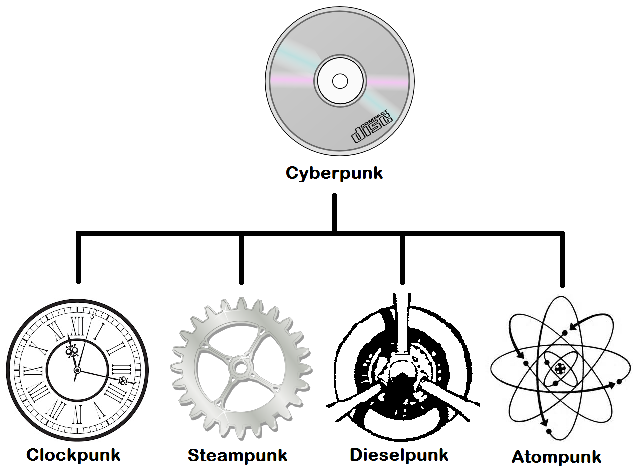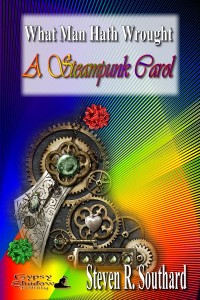Sometimes, while playing God, writers get surprised. Occasionally, while we’re creating our little worlds and our little people to inhabit them, one of those people doesn’t stay in the intended space.
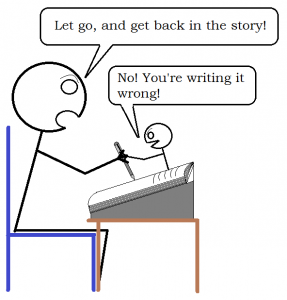 Today I’ll consider the topic of characters getting too big for their britches, and assuming a bigger (or different) role than the one planned for them. When this happens in your writing, should you take it as a good thing or a bad thing?
Today I’ll consider the topic of characters getting too big for their britches, and assuming a bigger (or different) role than the one planned for them. When this happens in your writing, should you take it as a good thing or a bad thing?
This has happened to me a few times. In my story “After the Martians,” the character Frank Robinson is a war 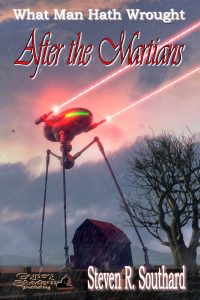 photographer. He’s meant to be a secondary character, pursuing a parallel plot line that intersects the protagonist’s life near the end in a meaningful way. However, Frank became a little more compelling than intended and darn near overshadowed the protagonist. I kept most of his exploits in, so the reader cares what happens to him and follows his plot line with interest.
photographer. He’s meant to be a secondary character, pursuing a parallel plot line that intersects the protagonist’s life near the end in a meaningful way. However, Frank became a little more compelling than intended and darn near overshadowed the protagonist. I kept most of his exploits in, so the reader cares what happens to him and follows his plot line with interest.
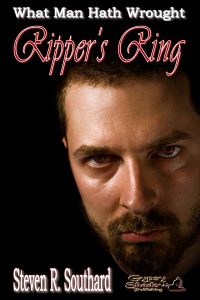 In “Ripper’s Ring,” Diogenes is a Bassett hound owned by a Scotland Yard detective. You know how some movie actors dread performing with animals because the animal might steal the scene? That nearly happened with droopy old Diogenes, whose seeming lack of interest in following a scent made him an endearing comic character in an otherwise dark and philosophical story. I kept him that way.
In “Ripper’s Ring,” Diogenes is a Bassett hound owned by a Scotland Yard detective. You know how some movie actors dread performing with animals because the animal might steal the scene? That nearly happened with droopy old Diogenes, whose seeming lack of interest in following a scent made him an endearing comic character in an otherwise dark and philosophical story. I kept him that way.
 There’s a French servant named Fidèle in my story “A Tale More True” who almost ended up having a more compelling personality than that of his master, the protagonist. Once again, he was a secondary character meant to provide comic relief and to showcase the protagonist. However, he tended to get the best lines, and to be the one suggesting the right course of action. I kept him as I’d written him, since the story is a voyage of learning and discovery for his master, and Fidèle is a necessary part of that.
There’s a French servant named Fidèle in my story “A Tale More True” who almost ended up having a more compelling personality than that of his master, the protagonist. Once again, he was a secondary character meant to provide comic relief and to showcase the protagonist. However, he tended to get the best lines, and to be the one suggesting the right course of action. I kept him as I’d written him, since the story is a voyage of learning and discovery for his master, and Fidèle is a necessary part of that.
 Another servant, this time a plump Irish one named Daegan MacSwyny, nearly took over my story “Within Victorian Mists.” I’d meant this secondary character to be funny and unintelligent, but he ended up being secretly wise in almost magical ways. As with Fidèle, he gently prodded his master, the protagonist, toward the right answer at every step, though it’s never clear whether that’s by intention or accident. MacSwyny and all the Victorian Mists characters appeared again in “A Steampunk Carol” but there the servant kept to his secondary status.
Another servant, this time a plump Irish one named Daegan MacSwyny, nearly took over my story “Within Victorian Mists.” I’d meant this secondary character to be funny and unintelligent, but he ended up being secretly wise in almost magical ways. As with Fidèle, he gently prodded his master, the protagonist, toward the right answer at every step, though it’s never clear whether that’s by intention or accident. MacSwyny and all the Victorian Mists characters appeared again in “A Steampunk Carol” but there the servant kept to his secondary status.
In each case, a secondary character threatened to take over the story by force of personality and by being more endearing than the protagonist. That’s just the way my muse rolls.
But not only mine. Other writers have blogged about this phenomenon. Mae Clair lets it happen, for the most part, and later writes separate stories featuring such characters.
Melanie Spiller had written such a good scene about the death of a character whom she hadn’t meant to kill off, that she kept the scene in. She’d once been told a character wresting control of the story is a sign you’ve created a believable character.
When a character takes on a bigger role, you have choices. You can:
- Let that character go in this new direction, at least to some extent.
- Rewrite the story to keep the character as intended.
- Delete the character.
So far, I’ve always chosen option 1. Other writers choose either 1 or 2. It would be gut wrenching to opt for 3, so I suspect that’s rarely done.
When you play God by writing fiction, do you have characters wresting control every now and then? If so, what do you do? Or do you just like that word ‘wrest?’ Rise above your role as a blog post reader, and leave a comment for—
Poseidon’s Scribe





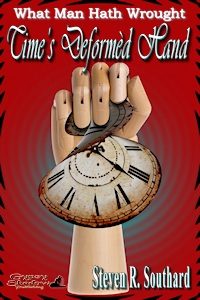




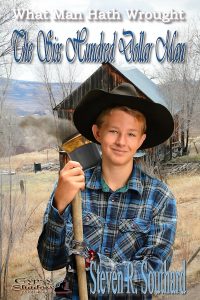
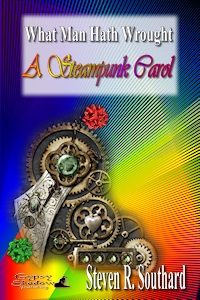


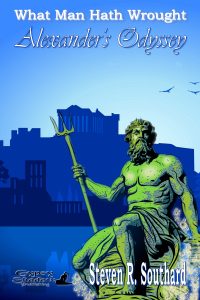


 Today I’ll consider the topic of characters getting too big for their britches, and assuming a bigger (or different) role than the one planned for them. When this happens in your writing, should you take it as a good thing or a bad thing?
Today I’ll consider the topic of characters getting too big for their britches, and assuming a bigger (or different) role than the one planned for them. When this happens in your writing, should you take it as a good thing or a bad thing?




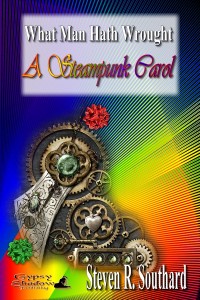

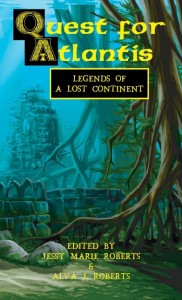
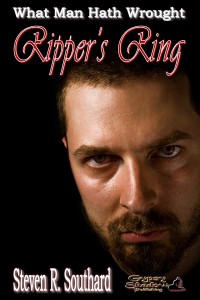
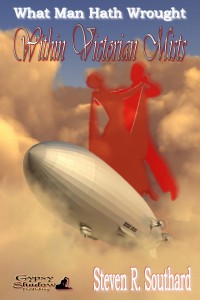
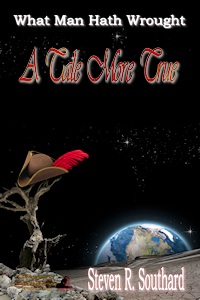
![Pageflex Persona [document: PRS0000039_00001]](https://stevenrsouthard.com/wp-content/uploads/2015/10/HidesTheDarkTower-DigitalCover-FINAL2-200x300.jpg)
